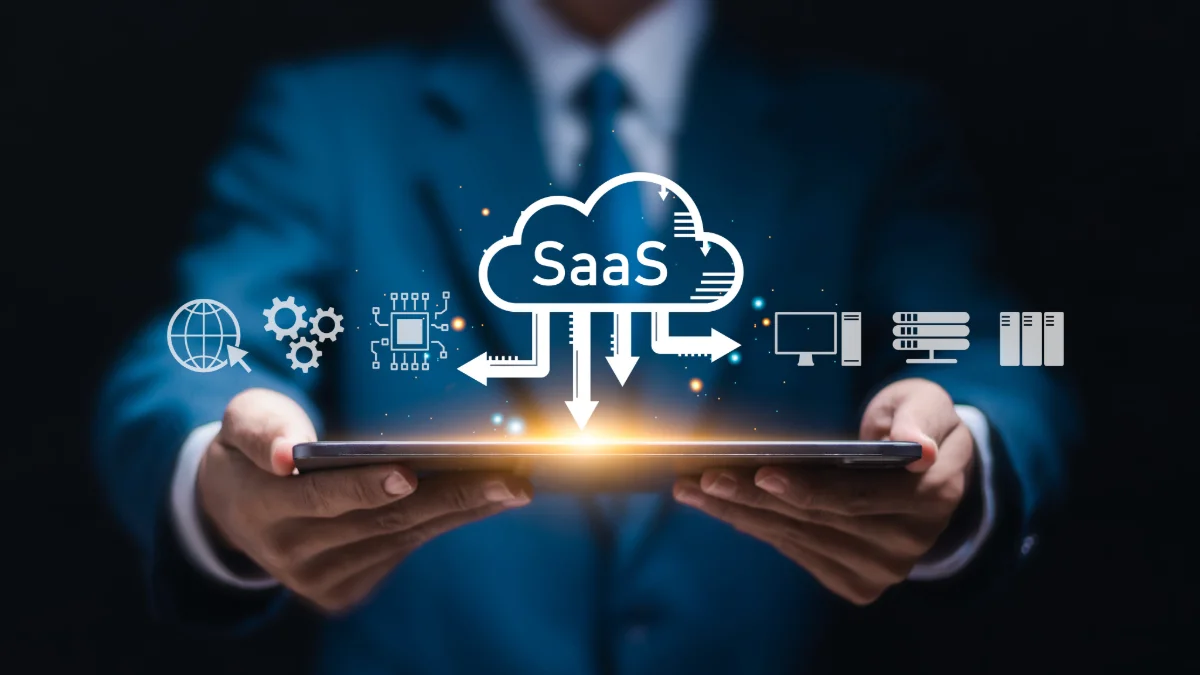1.
What Can Be Done with HCI?
Hyper Converged Infrastructure, or HCI for short, is a modern data center architecture that consolidates compute, storage, network, and virtualization resources into a software-defined environment. To elaborate on the question “What is HCI?”: this technology enables physical components in traditional infrastructure to be managed in an integrated manner through software, resulting in a more flexible, scalable, and easily manageable infrastructure. In this article, you will find answers to questions such as what can be done with HCI, its relationship with cloud systems, how it differs from traditional systems, and when HCI should be used.
In response to the question “What is Hyper Converged Infrastructure?”, it can also be referred to as Hyper Converged Infrastructure Technology. We have compiled a list of what can be achieved with this technology. Continue reading to take a closer look at what you can accomplish thanks to Hyper Converged Infrastructure Technology.
- Increase the scalability of data centers and manage resources flexibly according to needs.
- Automate and accelerate backup, disaster recovery, and data protection processes.
- Enhance application performance by integrating with virtualization platforms.
- Manage hybrid and multi-cloud environments by ensuring compatibility with cloud services.
- Optimize network traffic to minimize latency and service interruptions.
- Reduce costs through software-defined networking and storage solutions.
- Improve IT operational efficiency by automating workloads.
This allows businesses to make faster decisions, simplify infrastructure management, and even accelerate their digital transformation.
2.
The Relationship Between Hyper Converged Infrastructure and Cloud Solutions
After answering the question “What is Human-Computer Interaction?”, it is also helpful to discuss how this system can be integrated with cloud-based solutions. Hyper Converged Infrastructure (HCI) offers flexible and scalable infrastructure for both cloud systems and on-premise (on-premise) data centers. In traditional on-premise infrastructure, compute, storage, and network resources exist on separate physical devices, whereas HCI combines these components through software and enables centralized management. This allows organizations to achieve cloud-like flexibility and automation within their own data centers.
At the same time, HCI is considered one of the cornerstones of hybrid cloud strategies. While organizations store critical data on-premise, they can also benefit from cloud services to increase flexibility and optimize resource usage. Through this integration, businesses can optimize costs while meeting high-performance and security requirements. Ultimately, HCI accelerates digital transformation by combining the best features of both cloud and on-premises systems in modern IT infrastructures.
3.
Core Components of HCI
As mentioned, Hyper Converged Infrastructure is an architecture that integrates all the essential resources required to operate a data center through software-defined components. So what are these components? You can find detailed explanations of compute, storage, networking, and virtualization in the list below.
- Compute: The compute component in this infrastructure provides the processing power required for applications to run. Through virtualization, the processing resources of physical servers are used more efficiently.
- Storage: The storage component of HCI ensures that data is stored securely and quickly, typically powered by software-defined storage technologies.
- Networking: The networking component in HCI systems manages the data traffic between servers, storage units, and users via a virtual network infrastructure.
- Virtualization: As the name implies, the virtualization component divides hardware resources into logical segments, enabling multiple systems to run on the same physical hardware.
4.
How Does HCI Differ from Traditional Infrastructure?
Hyper Converged Infrastructure systems resemble traditional systems but differ fundamentally in several areas—most notably in architecture and ease of management. For example, in traditional systems, compute, storage, and network components reside on separate devices, and their management is complex and time-consuming. In contrast, HCI brings these components together into a software-based platform and allows them to be managed centrally. This shortens deployment time, reduces operational costs, and enhances scalability. In addition, HCI integrates modern technologies such as automation and virtualization into the system, making IT operations more efficient. Unlike traditional infrastructure, HCI offers quick adaptation and easy expansion, which means businesses can respond rapidly to changing needs.
Why Is Human-Computer Interaction Important?
Answering the question “Why is Human-Computer Interaction important?” without fully understanding the discipline can be difficult. Therefore, it is useful to revisit the definition of the concept. Human-Computer Interaction (HCI) is a discipline that examines how users interact with computer systems and how effective this interaction is. In modern IT infrastructures, the importance of HCI lies in ensuring that technologies are user-friendly and accessible. Today, user experience has become as critical as system performance; because when complex infrastructures are not supported by well-designed interfaces, efficiency decreases, and error rates rise. It is also worth mentioning that HCI encompasses not only the user interface but also the usability of infrastructure management tools and automation systems. As a result, IT teams and end users can interact with systems more effectively, resolve issues quickly, and improve overall business processes.
5.
When Is HCI Used?
Hyper Converged Infrastructure (HCI) is particularly preferred in scenarios that require rapid scalability, centralized management, and high availability. It offers significant advantages in cases such as new data center deployments, infrastructure modernization, disaster recovery solutions, and managing remote office or branch systems. For example, companies looking to develop hybrid solutions through cloud integration can easily build a flexible and secure structure with HCI. In terms of examples of Human-Computer Interaction, HCI platforms are typically equipped with user-friendly management dashboards, visual monitoring tools, and automation features. This enables IT teams to simplify complex tasks, monitor resource usage in real-time, and easily optimize system performance. In summary, HCI is a powerful solution for all business scenarios requiring rapid adaptation and low tolerance for downtime.
You may also be interested in our article titled New Trends in Data Center Infrastructure.



























